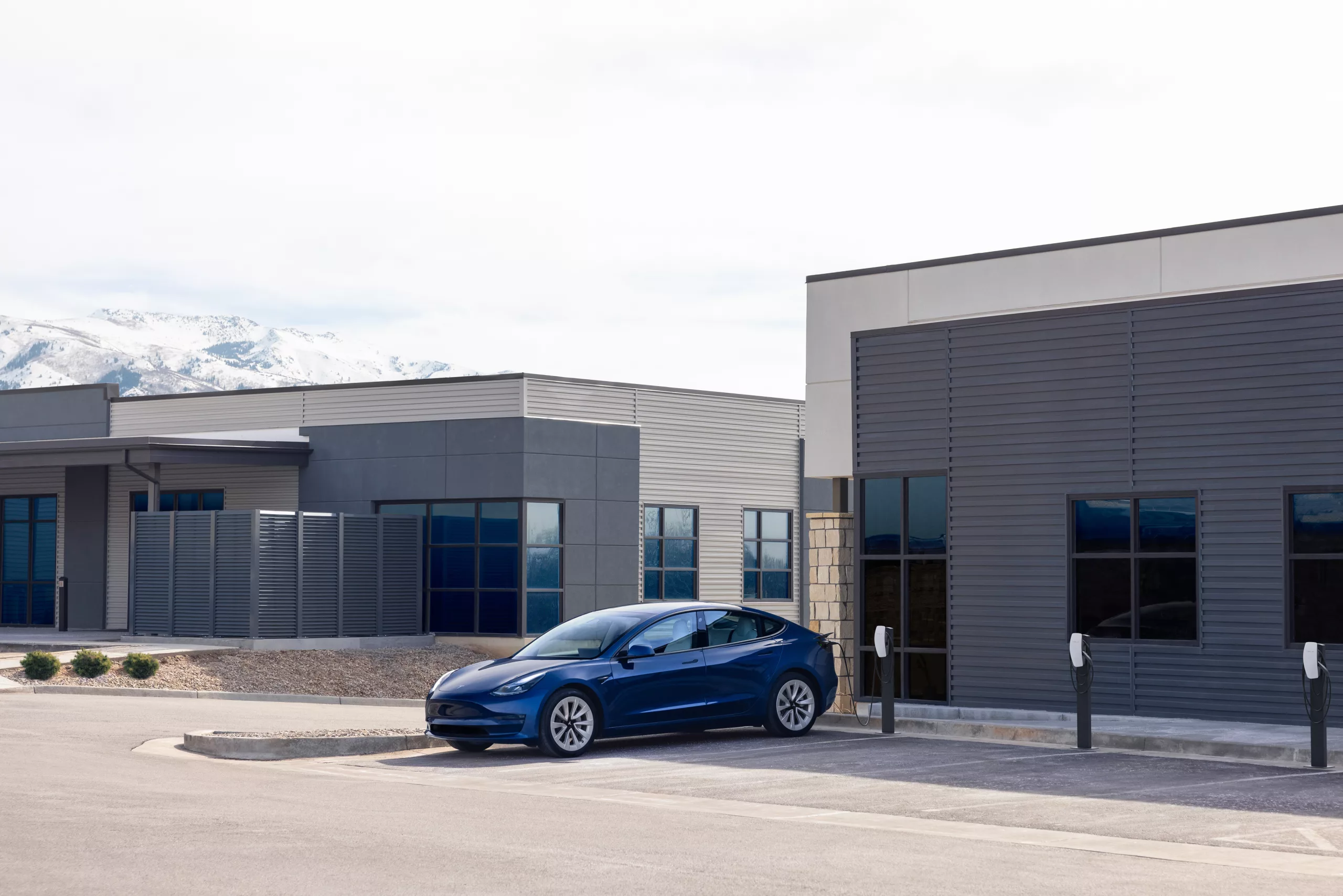Embarking on a long-distance journey in an electric vehicle presents a blend of excitement and logistical planning. As recounted by an EV owner, their 420-mile voyage from Cupertino to Huntington Beach in California offered a chance to test the capabilities of their EV on an extended drive. Diverging from the more common I-5, they elected the scenic beauty of Highway 101—admittedly a longer route, yet rich in vistas—in a two-day trip to their destination with an overnight halt in Santa Maria, concluding the return journey in a single day.
The Practicalities of Charging an EV on the Go
Across a total of 931 miles, which included leisurely detours to the beach, the EV necessitated six on-the-road charging sessions at fast charging locales, averaging $0.47/kWh. Additional charges overnights—at a hotel and a generous host’s residence—intertwined convenience with the travel experience. Fast chargers located within shopping centers allowed for restful breaks, coupling practicality with leisure.
However, charging overnight at hotels can come with its surprises in pricing, as the author experienced a $28 charge at a Hampton Inn in Santa Maria—translated to $1.41/kWh, an amount that equally accounted for electricity and idle time. Had this cost been more transparent, the author suggests, better planning could have circumvented the unexpected expense.
Efficiency Insights and Road Charging Experiences
The owner’s meticulously monitored energy usage delivered some impressive numbers, such as an average cost of $0.12 per mile, demonstrating the EV’s frugality in power consumption—even with the air conditioning in constant operation. The journey reflected an empirical observation—the faster you drive, the higher your energy consumption, reminding that speed has exponential impacts on efficiency.
The travel story mentions a stand-out preference for Electrify America charging stations due to their convenience and reliability. In contrast, an encounter with a PowerFlex station left much to be desired, resulting in complete avoidance in the future. ChargePoint stations were given a satisfactory rating, with their smartphone-operated accessibility garnering four out of five stars.
Strategizing Speed for Optimized Efficiency
Adapting speed for optimal energy consumption was a critical strategy. The author notes that at 60 mph, the EV would net around 4.2 miles/kWh. Yet, to improve one’s range, the weight of the vehicle and speed (the latter with a squared significance) must be taken into account—the latter being a compelling reason to opt for moderate speeds.
Understanding that higher speeds require disproportionately more energy, the owner discovered the significance of the “margin”—the range buffer beyond the journey’s distance. When the margin began to dwindle precipitously due to increased speeds, a choice emerged: charge again or reduce speed. Upon choosing the latter, the margin gradually improved, leading to a comfortable arrival at home with energy to spare.
The travelogue concludes with a contemplation on the trade-offs between time saved and costs incurred when choosing to travel at high speeds. Reflecting on their experiences and the serendipitous joy of driving at a more moderate pace, the author suggests that the EV seems optimally designed for adherence to speed limits, both in terms of energy efficiency and overall traveling pleasure.
Embracing the EV Lifestyle
The adventure underscores how EV ownership extends beyond mere transportation—embracing changes in travel habits, energy management, and enjoying the journey all become part of the lifestyle. It also highlights the importance of planning, being mindful of charging costs and options, and the reality that driving an EV can be a different but rewarding experience compared to conventional vehicles.
Final Thoughts
Ultimately, the author’s account illustrates that the electric vehicle is not only a sustainable choice but one that invites drivers to engage thoughtfully with their journey, all while comfortably cruising towards the greener horizons of electric mobility.
Note: This article was inspired by the experiences of Mihai Beffa, CEO of SequentMicrosystems.com, continuing from his previous installments.
